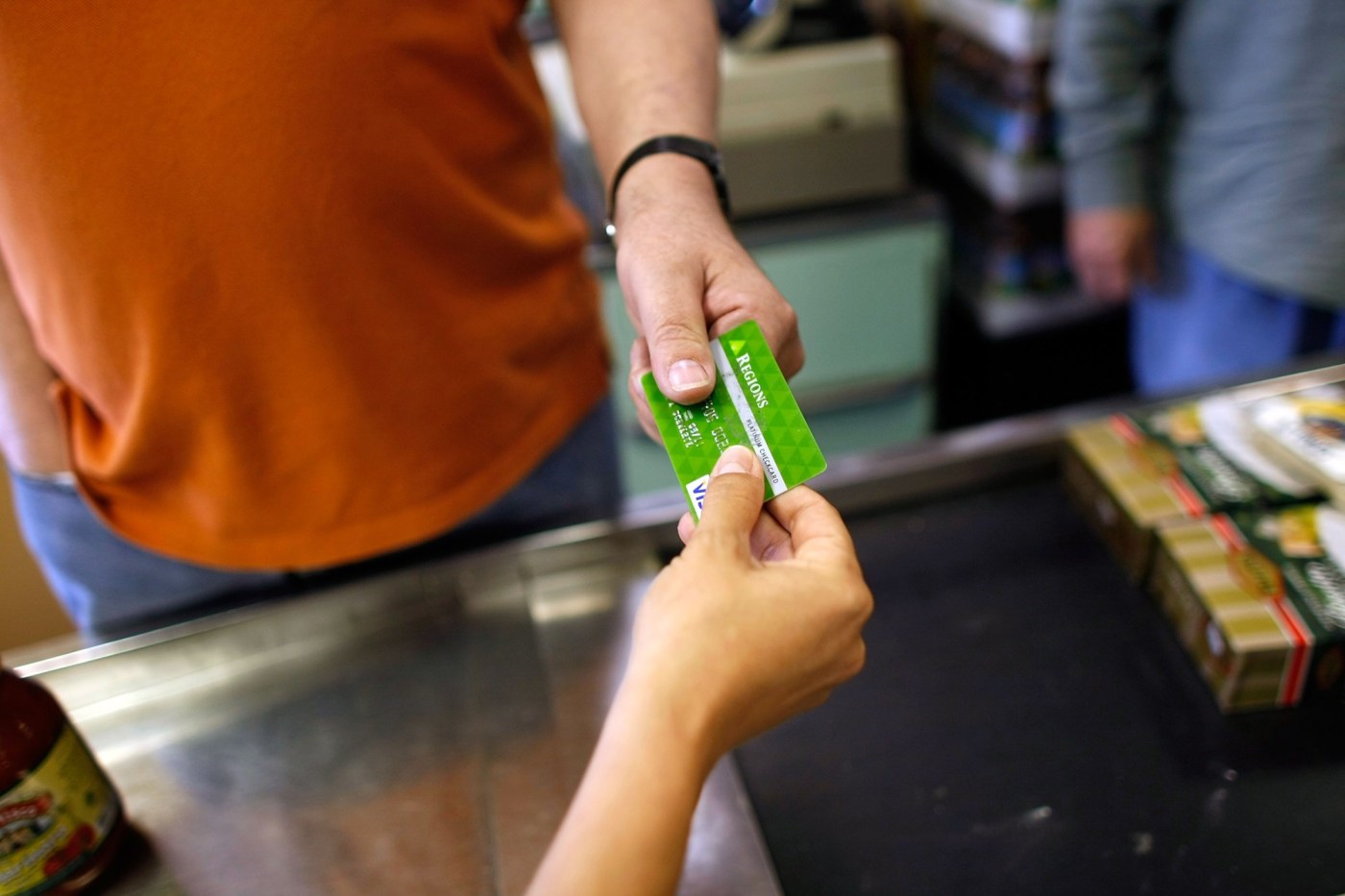By Melissa Lambarena | NerdWallet
By now, the higher cost of goods and services may have prompted you to consider using buy now, pay later plans, credit cards or other options to cover everyday expenses. These options can be easy to turn to in a time of need, but doing so frequently could indicate trouble ahead.
If that’s your circumstance, you’ll want to have a plan long before your well of credit runs dry. By exploring community resources or seeking the help of experts, you may come up with a better solution that won’t derail your finances.
Here are some actions that can lessen reliance on credit for essential purchases.
1. Refresh your budget
Review debit and credit card statements to take note of all expenses, including debts. Look for opportunities to eliminate unnecessary purchases or switch to less costly alternatives, and explore options to lower interest rates on those debts. Contributing to an emergency fund — even just a little at a time, if you can spare it — can further prevent reliance on credit.
If these steps seem overwhelming or you need assistance, a credit counselor at an accredited nonprofit credit counseling agency can help.
“They can make recommendations on a line-item-by-line-item basis that can help consumers close their budget gaps,” says Barry Coleman, vice president of program management and education at the National Foundation for Credit Counseling, a nonprofit that provides assistance.
A credit counselor can also evaluate whether you qualify for a debt management plan that can consolidate eligible debts into a single payment with a lower interest rate, for a fee. With good enough credit, another option might be to use a balance transfer credit card, which lets you move high-interest debt onto a card with a 0% introductory APR for a certain period of time. Look for one that has no annual fee and a balance transfer fee of 3% or lower. Such fees are worth paying if they can save you money on interest over time.
2. Seek savings on food
If your income means you’re ineligible for assistance through federal or state-funded programs, you may still qualify for help through food banks or pantries. Some may have requirements, but they are typically for people who need help accessing food or a savings option that can offset the costs of other bills.
“We’ve heard from people facing hunger that increased prices for food, utility bills, child care and housing costs have exceeded their paychecks,” said Linda Nageotte, president and chief operating officer at Feeding America, a nonprofit hunger relief organization, in an email. “This causes households to make impossible choices about which expenses they can cover, and which they cannot.”
Related Articles
The end of Chevron deference is a ‘power shift’ for investors
Jill On Money: Still coping with inflation
More states enact salary transparency laws to fight gender, racial pay gaps
‘A bottomless pit’: How out-of-pocket TMJ costs drive patients into debt
Keeping up with the Joneses: What it might be costing Americans
You can find a food bank or pantry through an online search or Feeding America’s online directory, or by contacting 211 to get free assistance from United Way’s trained staff. United Way is a global nonprofit that addresses needs in communities by connecting people to resources. The organization’s staff can offer details about hours of operation for food banks or pantries, any requirements, available bus stops nearby or possible delivery options to your door in certain regions if you lack transportation. A credit counselor — if you’re using one for your finances — may also be able to alert you about local resources.
Some food pantries provide boxes with food, and some allow you to come in and grocery shop, says Heather Black, vice president of 211 system strategy at United Way Worldwide. Resources may not always be available or they may be limited, but it’s worth exploring what’s possible in your area.
Other ways to find food resources are through an online search for grocery store outlets, salvage stores or food rescue apps from supermarkets or restaurants. An app like Too Good To Go, for instance, offers food from restaurants at discounted prices in some cities if you’re willing to be flexible on the items.
3. Explore ways to lower the cost of bills
Comparison-shop for better prices, negotiate on the cost of bills when possible or seek assistance to bring down your costs. If they are available, United Way’s 211 may also direct you to resources that lower the cost of some bills.
Other actions that can make a difference include switching internet, cable, streaming or cell phone providers. And when it comes to saving on utilities, using LED light bulbs and programmable thermostats can help, as can fixing water leaks and simply turning off lights when leaving the room, according to Coleman.
4. Reduce transportation costs
If you drive a car, consider these tactics to lower costs:
Compare the cost of using public transportation to the cost of owning or leasing a car.
Shop around for better rates on auto insurance, ask about potential discounts, consider bundling insurance for added savings, or reduce unnecessary coverage on an older vehicle if it makes financial sense.
Carpool with others to save on gas.
5. Make a lifestyle change
If you’ve exhausted other options and money is still lacking, making a larger change to supplement your income can put you in a better position to avoid relying on credit. Potential changes may include seeking a raise, getting a new job or side job, taking on a roommate or a different option that works for you.
More From NerdWallet
How the Next Generation Will Use Credit Cards
How to Use Buy Now, Pay Later Like a Pro
What Visa’s Upcoming Changes Might Mean for Your Wallet
Melissa Lambarena writes for NerdWallet. Email: mlambarena@nerdwallet.com. Twitter: @LissaLambarena.
The article 5 Ways to Avoid Relying on Credit for Everyday Purchases originally appeared on NerdWallet.












